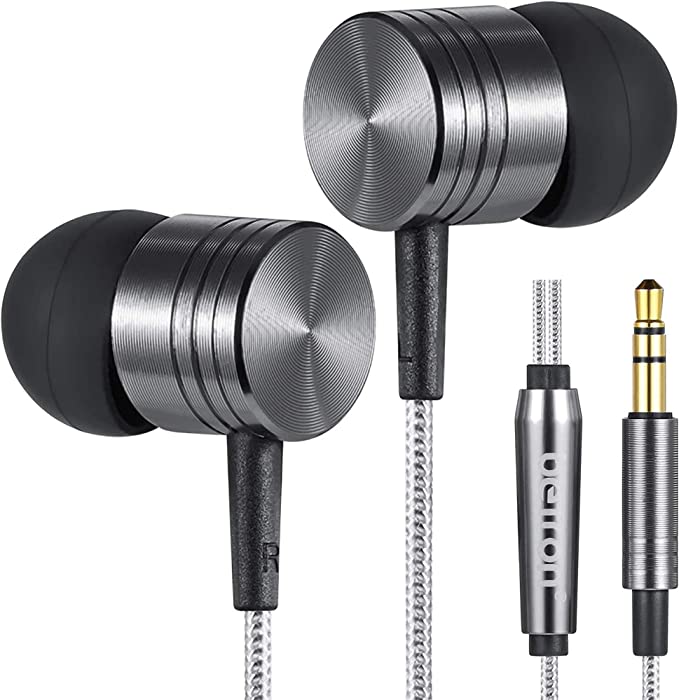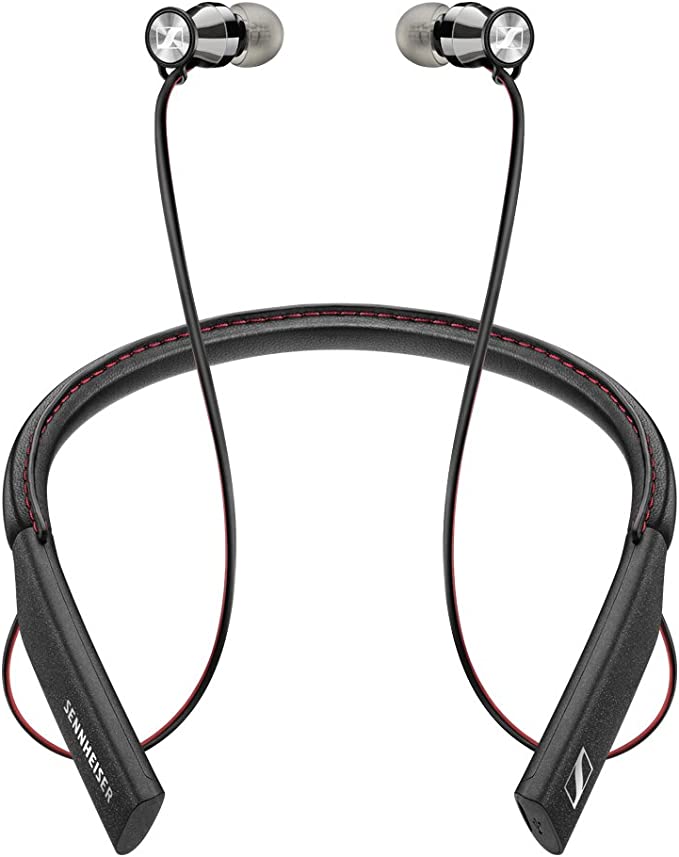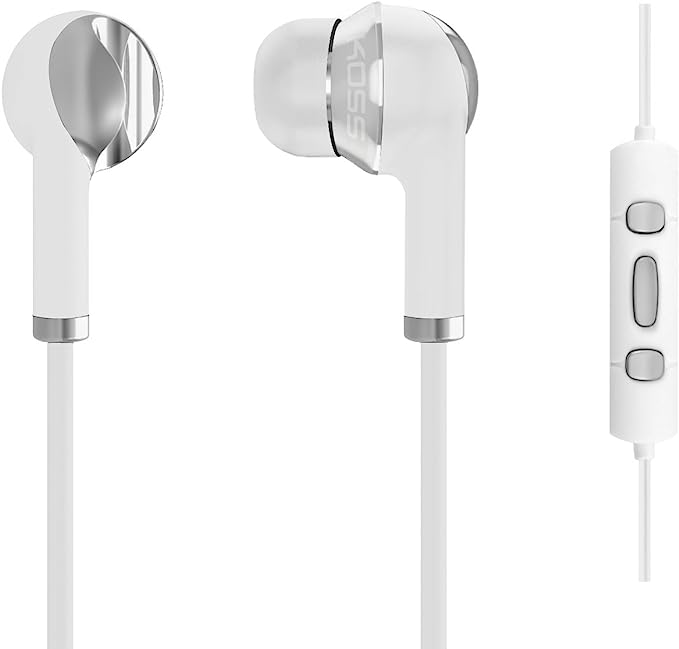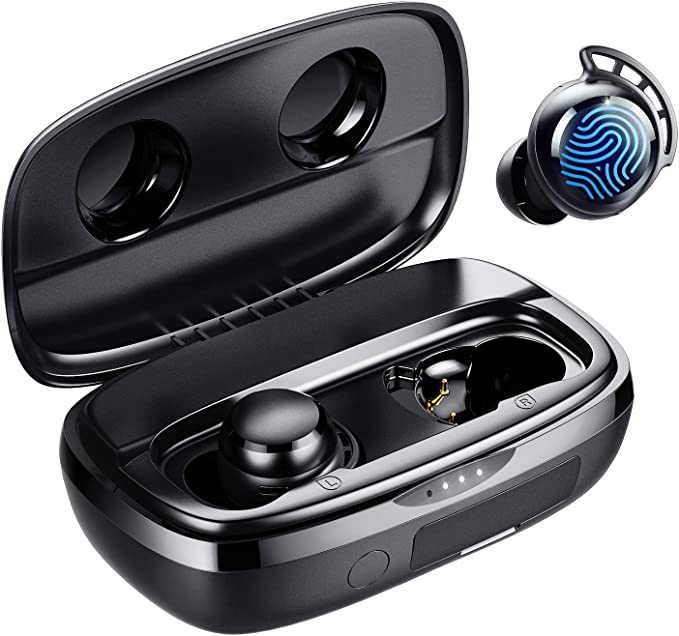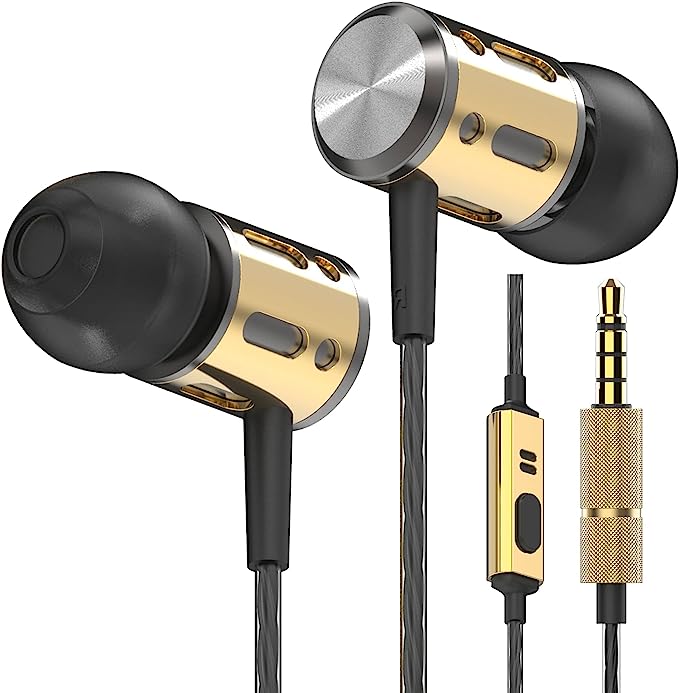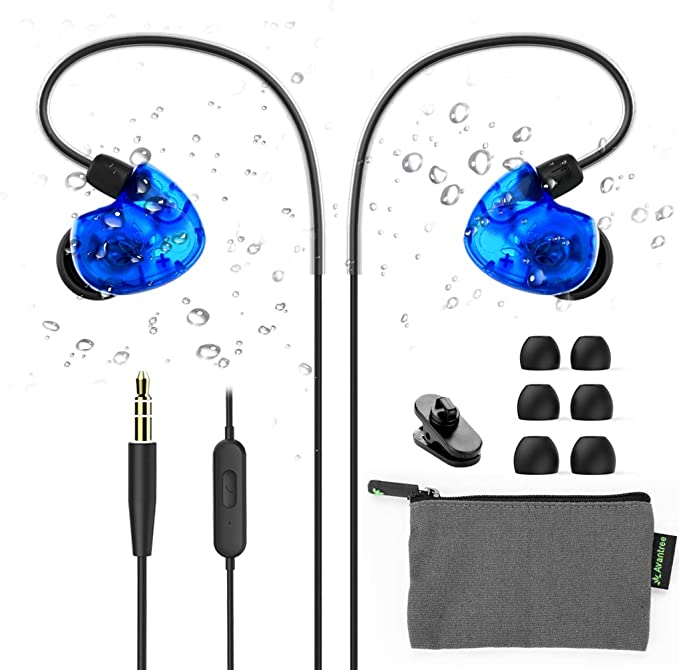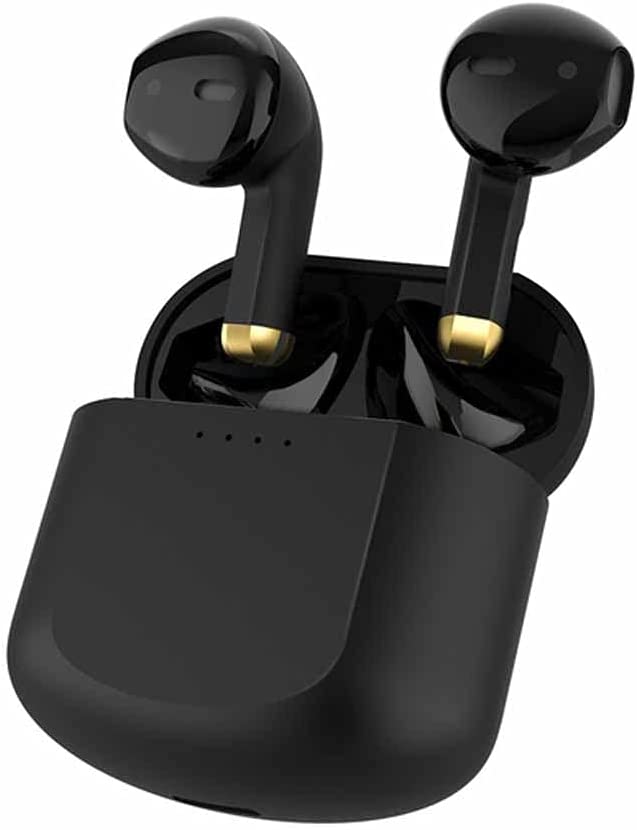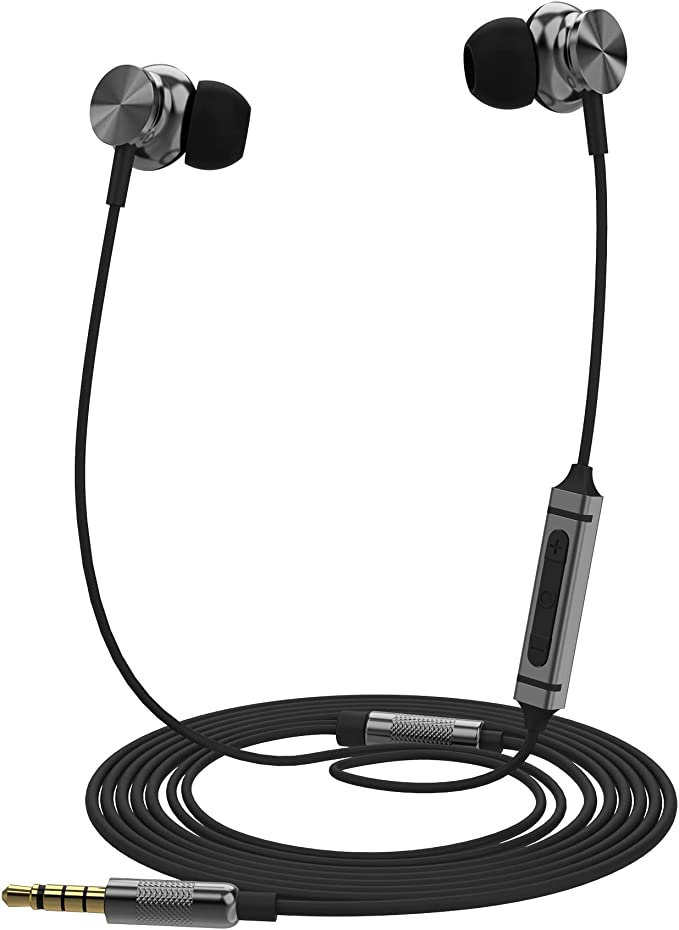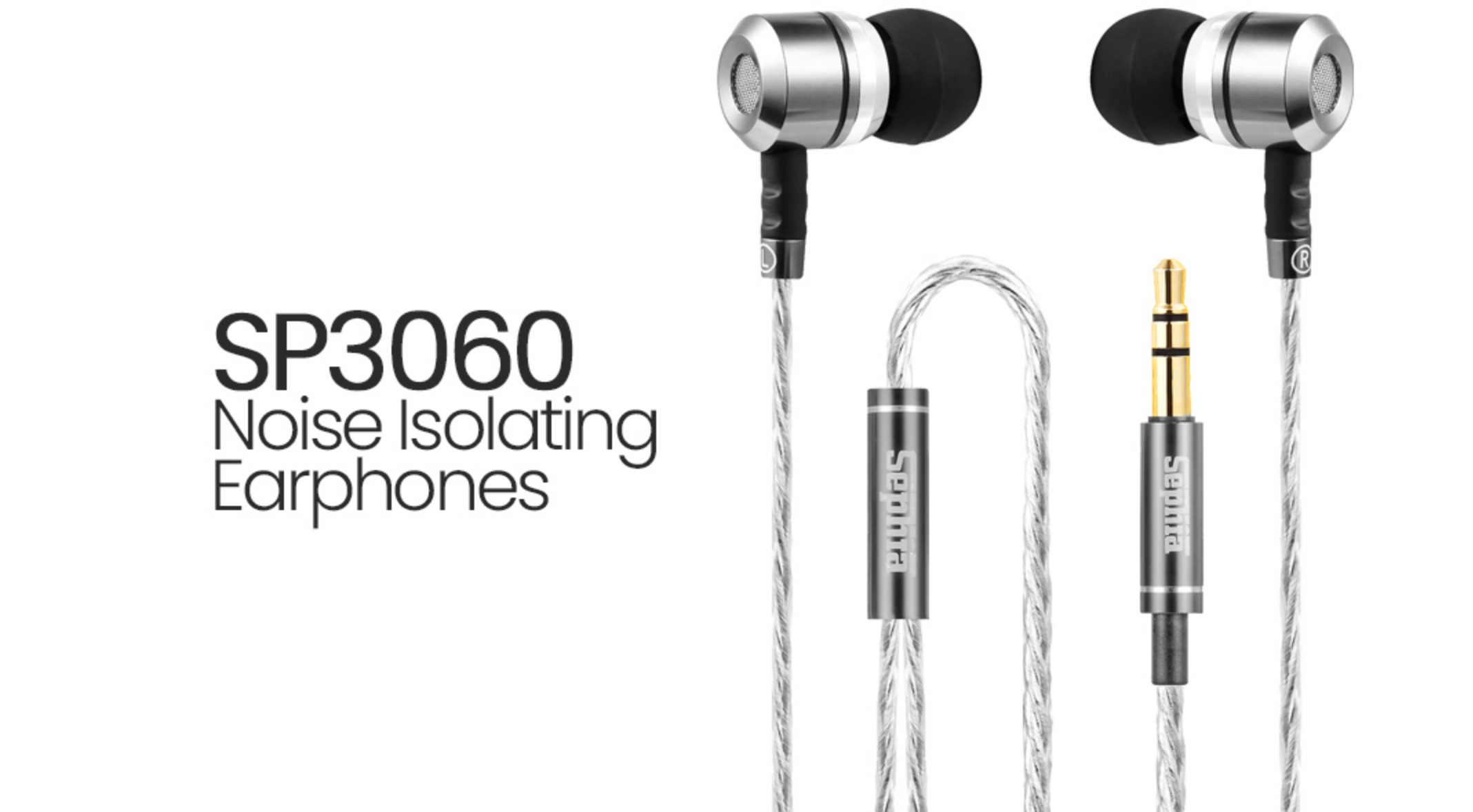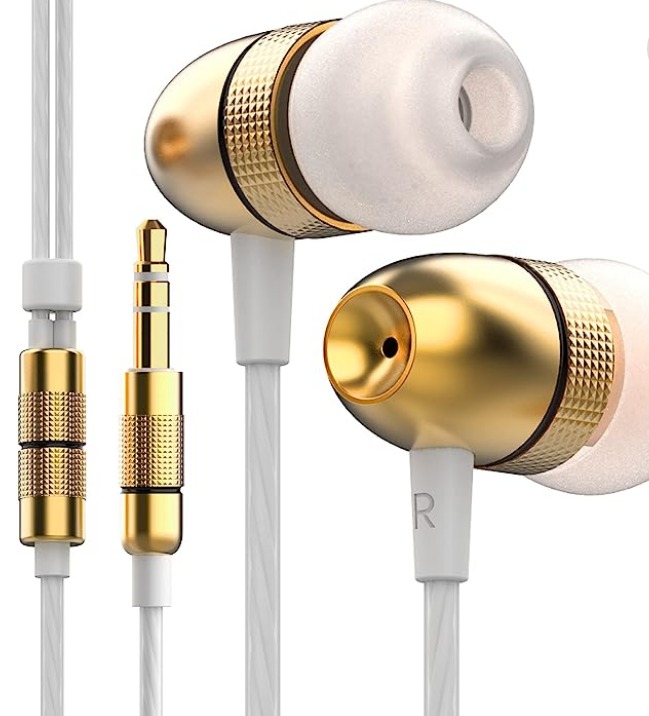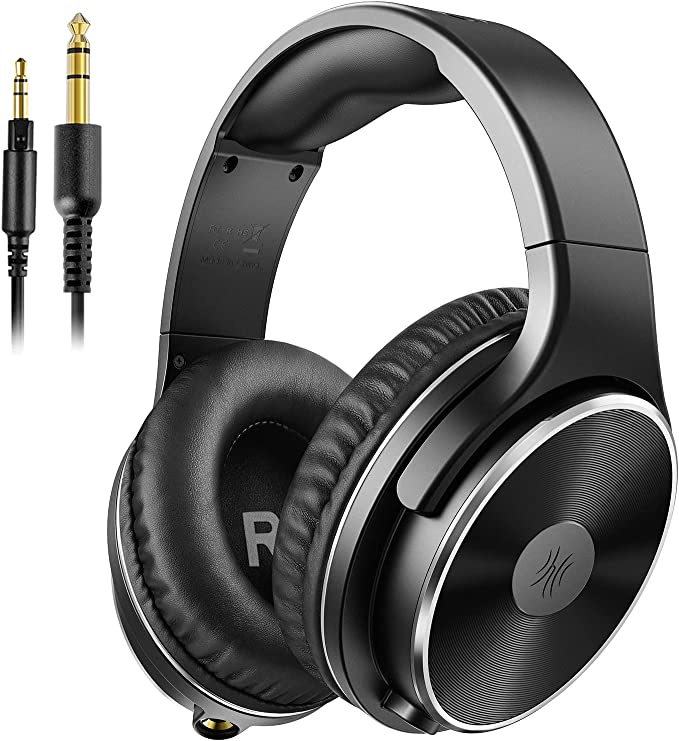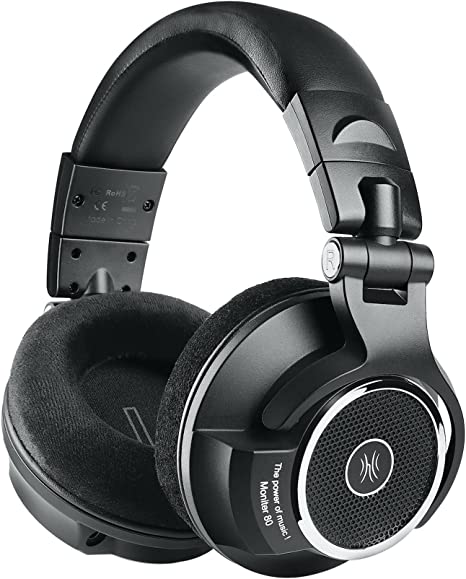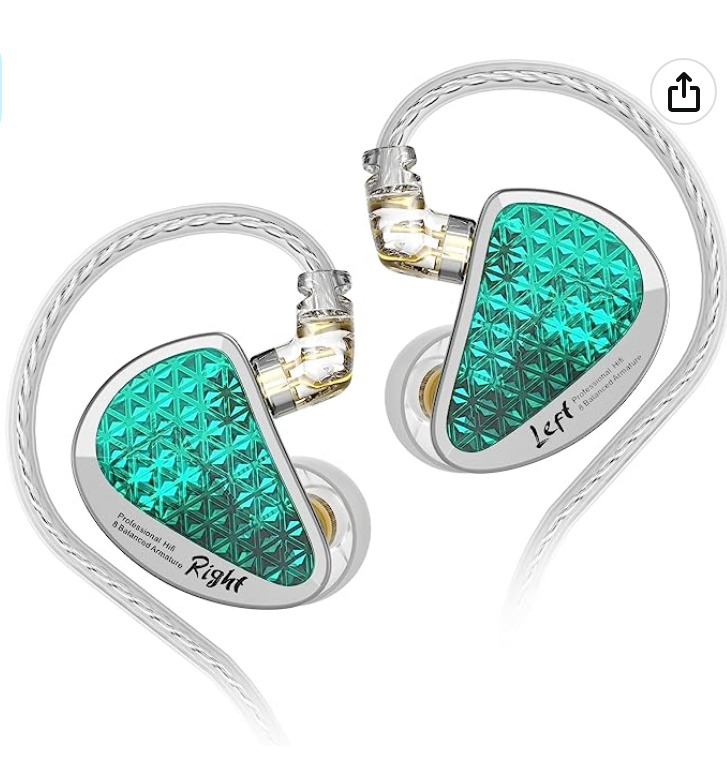Sephia SP4080 Earbuds: Stylish and Powerful In-Ear Headphones
Update on June 27, 2025, 5:58 p.m.
Take a moment and consider the simple act of plugging a pair of headphones into your phone. It’s a motion so ingrained in our daily lives it borders on instinctual—a quick, satisfying click that promises escape, focus, or entertainment. But have you ever truly paused to wonder about the small miracle you’ve just initiated? What invisible alchemy unfolds in that sliver of time between pressing ‘play’ and the first note reaching your eardrum?
Let’s embark on a journey. We’ll use the Sephia SP4080 Earbuds not as a product to be reviewed, but as our vessel, our specimen for a deep dive into the hidden world of audio engineering. Forget marketing buzzwords; we’re here to uncover the elegant symphony of physics, chemistry, and history packed into this unassuming device. This is the story of acoustic alchemy.

The Gateway: A Century-Old Connector’s Golden Promise
Our journey begins not with the earbud itself, but with the humble plug at the end of its cable. That familiar 3.5mm connector, a universal symbol of personal audio, is a true relic of the industrial age. Its direct ancestor, the quarter-inch (6.35mm) jack, was patented in 1878 for use in the bustling, chaotic world of manual telephone switchboards. Imagine an operator in a starched collar, plugging and unplugging these connectors to manually route calls—a world away from our pocket-sized supercomputers. For over a century, this basic design has endured, a testament to its robust simplicity.
Look closer at the tip. That glimmer of gold isn’t mere decoration; it’s a deliberate choice rooted in fundamental chemistry. The plug’s job is to transfer a delicate electrical signal. Exposed to air, lesser metals like copper or nickel will slowly react with oxygen, forming a thin, insulating layer of oxide—rust, in essence. This corrosion can corrupt the audio signal, introducing static and noise. Gold, however, is a “noble metal.” It is exceptionally non-reactive and stubbornly resists oxidation. That thin gold plating is a chemical shield, a guarantee that the electrical blueprint for your music arrives at its destination pure and unblemished, just as the artist intended.

The Engine Room: Forging Sound with Invisible Forces
Once past the golden gate, the signal travels up the wire and enters the heart of the machine: the earbud housing. Here, it meets the master alchemist, the 10mm dynamic driver. Think of this as a miniature, high-precision engine. Its operation is a beautiful dance governed by one of the pillars of physics: Faraday’s Law of Induction. The incoming electrical signal flows into a tiny voice coil attached to a diaphragm. This creates a fluctuating magnetic field, which interacts with the powerful permanent magnet fixed behind it.
And this is no ordinary magnet. It’s neodymium, a “super-magnet” born from materials science breakthroughs in the early 1980s, a product of Cold War-era research by General Motors and Sumitomo Special Metals. Before neodymium, magnets powerful enough for good sound were large and heavy. The discovery of neodymium magnets, which can pack immense magnetic force into a tiny, lightweight package, was a revolution. It made the Sony Walkman, and every subsequent portable audio device, possible.
This powerful neodymium magnet creates an intense, stable magnetic field. When the voice coil’s fluctuating field pushes and pulls against it, the diaphragm is forced to vibrate back and forth with incredible speed and precision. These vibrations push the air molecules in front of them, creating the pressure waves that our brains interpret as sound. The driver’s large 10mm diameter allows it to move a greater volume of air, which is essential for physically producing deep, resonant low-frequency sounds, or bass. It’s the difference between tapping a thimble and striking a drum.

The Resonant Chamber: How Metal Sculpts the Sound
A sound has been born, but it is still wild and untamed. It needs to be shaped. This is the role of the earbud’s metal housing. You might assume the housing is just a protective shell, but in the world of acoustics, every surface matters. Think of it as the body of a violin or the soundboard of a piano. The material and shape of an instrument’s body are what give it its unique character, or timbre.
A housing made from less rigid material, like standard plastic, can be prone to its own sympathetic vibrations when the driver is working hard. These unwanted resonances can “color” the sound, adding a muddy or distorted quality. A precisely machined metal housing, however, is far more rigid and dense. It acts as an inert, non-resonant chamber, a strict conductor that allows the sound produced by the driver to radiate cleanly without adding any unwanted character of its own. This contributes to a clearer, more accurate sound, especially with sharp, sudden noises—a quality audio engineers call good “transient response.”
The Cone of Silence: Crafting a Private Universe
The final act of our alchemical process is perhaps the most crucial for an immersive experience. The perfectly forged sound is ready, but it must be presented on a clean stage, free from the cacophony of the outside world. This is achieved not by complex electronics, but by the elegant physics of passive noise isolation.
This technique relies on creating a physical barrier, an airtight seal between the earbud and your ear canal. And the secret to that perfect seal lies in the history of space exploration. The memory foam earbuds included with the SP4080 are made from a material first developed by NASA in 1966. Its purpose was not audio, but to improve the safety and comfort of aircraft cushions by absorbing shock. This viscoelastic foam has a unique property: it is both viscous (it flows slowly) and elastic (it returns to its original shape). When you compress it and place it in your ear, your body heat softens it, allowing it to slowly expand and conform perfectly to the unique contours of your ear canal.
This creates a near-perfect seal that physically blocks a significant amount of external ambient noise, particularly high-frequency sounds like chatter and traffic hiss. You are left in a cone of silence, a private universe where your music can exist without competition.

The Everyday Marvel
So, the next time you plug in your headphones, take a moment. That click connects you to a journey that spans over a century of invention. A digital signal from your phone is guided through a Victorian-era connector, transformed into physical vibrations by a Cold War-era super-magnet, shaped within a rigid metal chamber, and finally delivered into a personal concert hall crafted from a NASA-born material.
It isn’t magic. It is a quiet, brilliant symphony of applied physics, chemistry, and materials science. It is the everyday marvel of engineering, a reminder that some of the most profound technologies are the ones so good, so reliable, that we’ve forgotten to be amazed by them.
